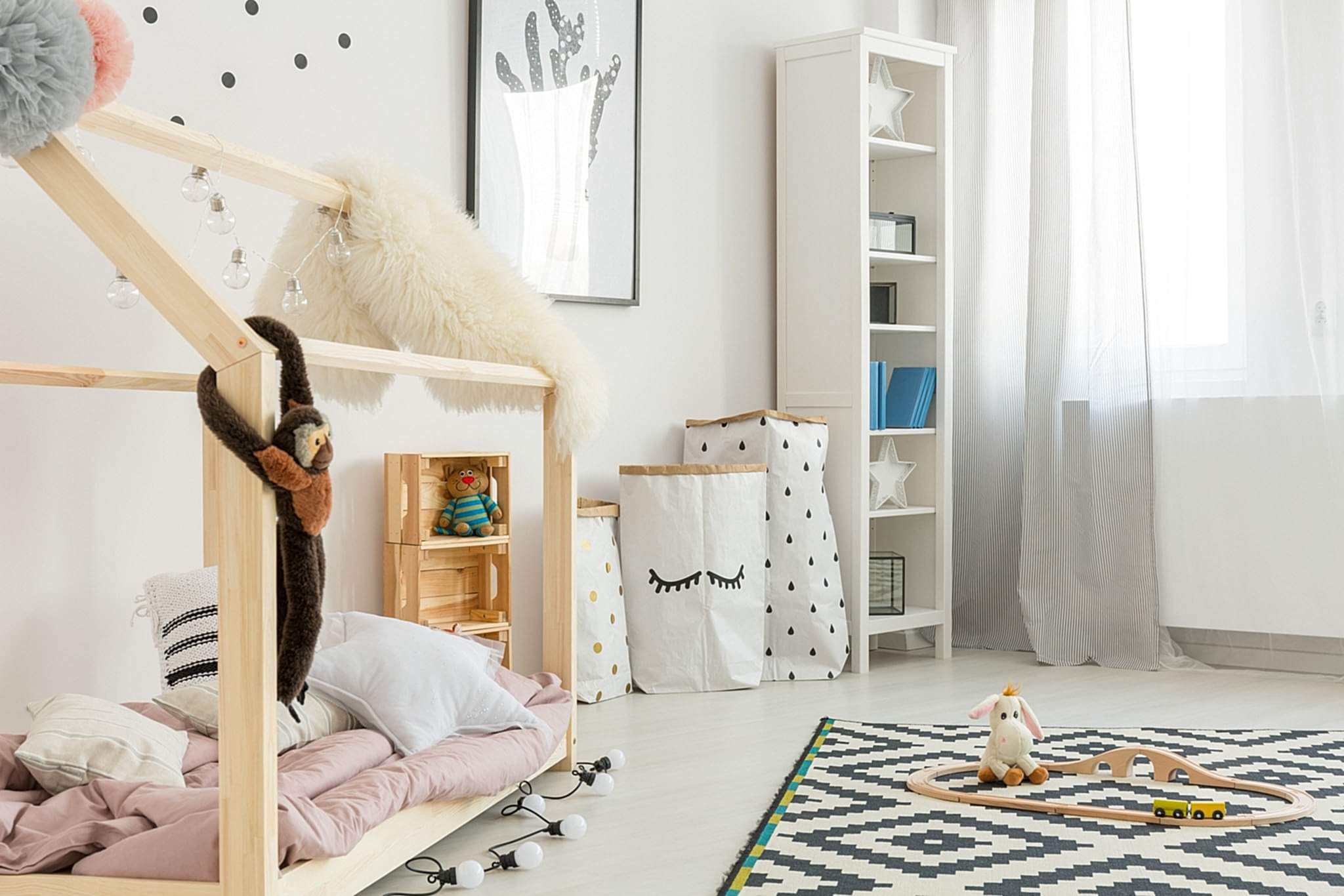Baffled by the different terms used to describe print types? I thought I’d take the opportunity to share with you the differences between a fine art print and a digital print. See below for the pros and cons of each format.
I offer giclée fine art prints, because they’re the highest quality prints available. I want my clients to have the most beautiful print possible of their photograph, and one that will stand the test of time.
I previously managed a photography gallery, and I always recommended the artists use fine art prints for exhibitions.
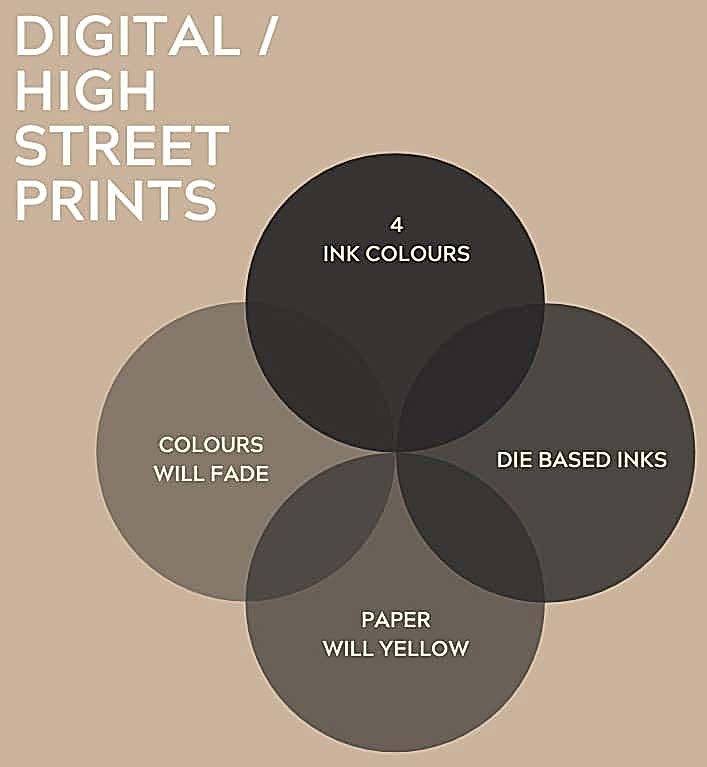
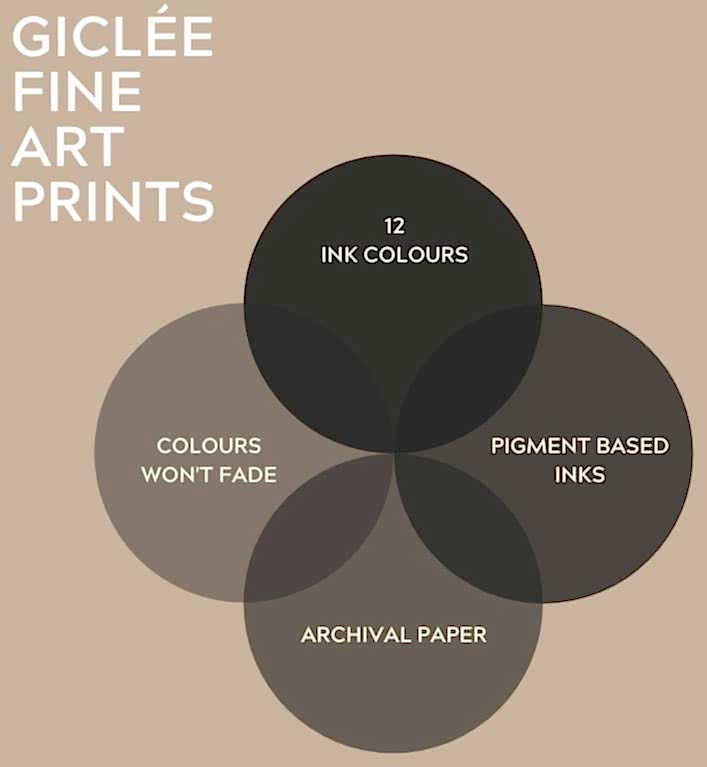
Helen
Features of a giclée fine art print
The word Giclée (pronounced “g-clay”), is derived from the French verb gicler meaning “to squirt or spray”.
Giclée is a printing process that combines 12 pigment based inks.
As a result of the high number of inks, the colour matching is almost perfect to the original.
Skin tones look lifelike, which is crucial with printing portraits.
Fine art prints retain tonality and hue. This means that the colours won’t change.
The paper is archival, and won’t yellow over time.
Features of a digital print
Cheaper inkjet printers use 4 dye-based inks.
The smaller number of colours means colours are reproduced with less precision. Colour matching is approximate.
Skin tones can look wildly different from different printers.
The colours in high street prints will fade over time.
The paper will change colour over the years, unless you keep them in a box or away from the light.
Print quality: colours and skin tone
It’s much easier to see the difference between the print qualities in person (I’d be glad to show you samples).
To give you an idea of the difference here’s a giclée fine art print (above) and a high street print (below).
Both prints are produced from the same digital file.
Have a look at the skin tones. They are bright and fresh in the fine art print, but yellow and murky on the high street print.
The little girl’s eyes gleam in the fine art print, but that brightness is totally absent from the high street print.
With high street prints, it’s almost pot luck how their printers are calibrated and how the colours will come out. My computer is calibrated with my printer’s system, so I know the colours will come out exactly as expected.

Fading vs. museum quality
High street prints will fade in time, especially if they’re framed and exposed to the light. Giclée fine art prints, however, are museum quality.
When we were sorting through my late grandmother’s belongings, I found a pair of faded prints that really brought this home to me. The prints are of my mother and me, just after I was born.
They’ve faded so much you can’t make out most of the detail. By the time my daughter’s an adult, I suspect the prints won’t be visible at all. I won’t be able to pass this print to her, it’s already past its shelf life.
These prints affected me very deeply. I decided there and then to only offer the highest quality archival prints. I’d never want my clients to experience something similar.
Family photographs are precious. It’s important to me that clients can pass on photographs to their children, for generations to come.
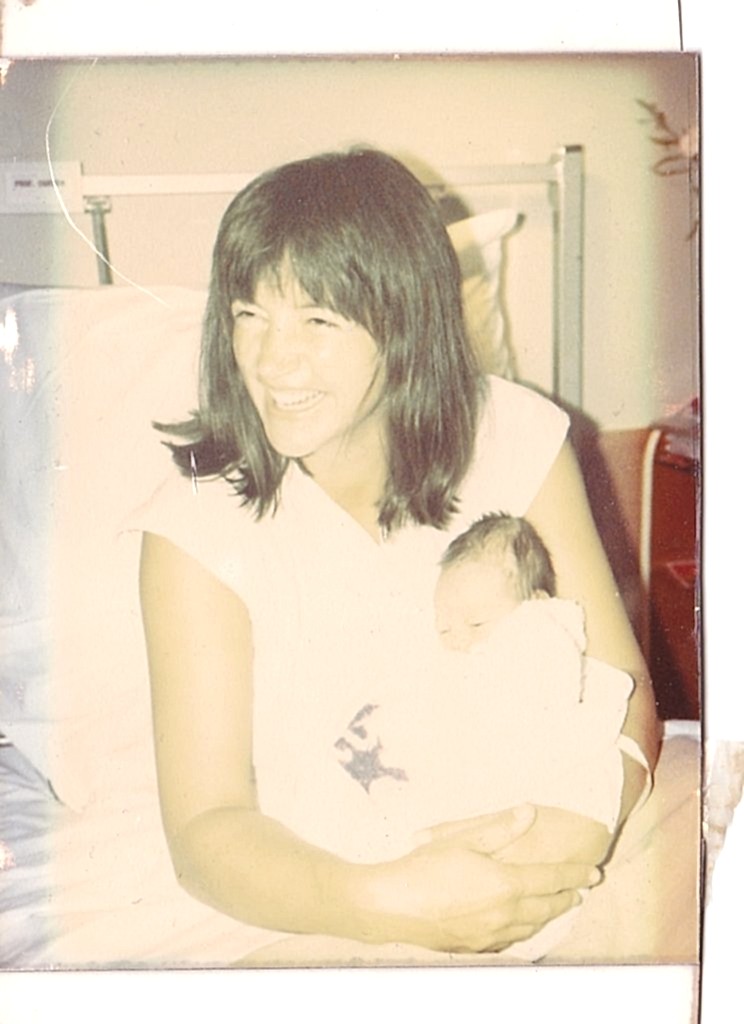
Pigment inks vs dye based inks
What’s the difference between pigment inks and dye based inks?
The colours in dye-based ink are dissolved in water.
The colours in pigment-based are suspended in water.
Family photography
Taking photographs parents will love by giving children the morning they want. Mischief and surprises are welcome here!
More blog posts you might like
Request a copy of my investment guide
A little freebie
Free PDF: How To Take Great Photos Of Your Kids
Super simple tips you can put to use no matter if you’re using a DSLR or a smartphone. No skills or experience required!






